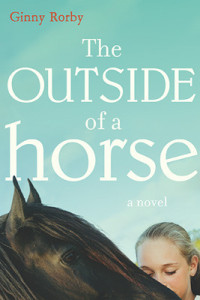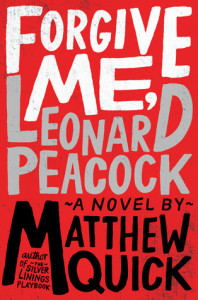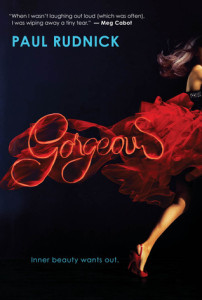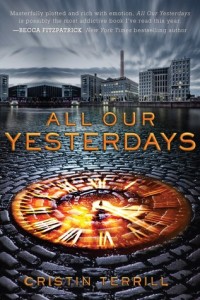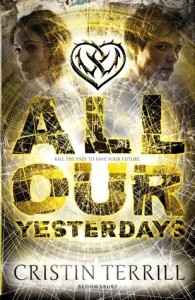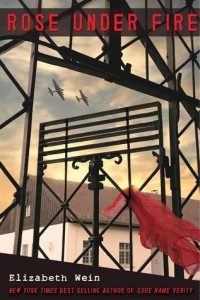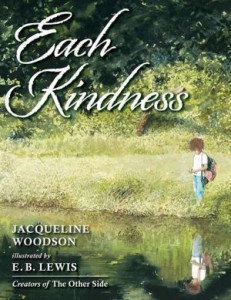This week I am celebrating with my friend and author Ginny Rorby as she receives her award from the Florida Association for Media in Education (FAME) for winning the Sunshine State Young Readers Award (as voted by 6-8 grade students in Florida) for Lost in the River of Grass. To celebrate, I will be reviewing all of her books this week:
Dolphin Sky
Author: Ginny Rorby
Published July 29th, 2013 (first published 1996)
Goodreads Summary: When the captive dolphins that she has befriended are threatened, Buddy risks her father’s condemnation and the law to save their lives in this powerful story about a dyslexic child, trapped by the limitations of her learning disability, who discovers that real freedom comes from being true to your heart.
My Review: I know you have heard this from me all week, but Ginny Rorby just has a way of sucking me in and pulling on my heart strings. Dolphin Sky is Ginny’s first book which she has rereleased as an ebook, so I grabbed it as soon as she let me know. Once again, I cried, I cheered, I laughed. I loved every second of the book.
Ginny knows how to intertwine human issues and animal issues into a seemlessly touching story. Buddy, our young protagonist, is bullied at school and has a very tough time keeping up. A specific bully is relentless making her feel stupid specifically when she has to read outloud and cannot. The only time Buddy feels like she can be herself is around her grandfather, The Admiral, who, after an accident, is in a wheelchair. Even her father is very distant and her mother is dead. Buddy also finds relief when she is around nature and she specifically loves dolphins, so when she befriends Annie, a captive dolphin at a small roadside attraction, she knows she has found a friend for life.
One of the things that Ginny does so well is voice- unique per book, but also consistent between. Though this book is in 3rd person, the narrator has a specific voice throughout and they are different between every book (though I can always tell it is Ginny writing). She has a style to her descriptions and prose that is perfect for the books she writes. In this book, specifically the setting comes alive because of Ginny’s writing.
The other thing I think Ginny does well in all of her books is characterization of not only the human characters, but the animals as well. Annie the dolphin is as much a character as anyone else in this book. So is Osceola, the crab, who ended up being one of my favorite characters.
Lastly, again, Ginny pays homage to good teachers who can make a difference. Miss Conroy, the doctorate student who meets and mentors Buddy, as well as Miss Daniels, Buddy’s teacher, are great advocates for Buddy and really show how a good teacher or mentor can make a difference.
Teacher’s Tools for Navigation: Especially for those of us in Florida, there are many different sections of this book that would be great for read alouds to discuss some tough topics; however, it will find its home in students’ hands.
Discussion Questions: (Writing) Just as Buddy’s teacher assigns, research an animal native to your area and determine how humans are affecting its population and what we can do to help.
We Flagged: “She puts out her hand and Annie comes slowly toward her, but sinks away before Buddy touches her. The dolphin circles, and Buddy feels her pass, feels the pressure that the movement of her tail makes in the water. She turns, trying to keep track of where Annie is… Buddy lets herself bob to the surface, takes a breath, then dangles face down, making a slow circle, trying to find the dolphin. From directly beneath her, Annie looms up out of the murky water. That monstrous form moving slowly toward her floods Buddy with the same fear she felt when she first fell into the water. Panic wells in her, flattening her lungs against her ribs until her breath leaves her in a gasp. But she doesn’t move or scream and, in that moment, realizes that her fear exploded on the surface in that bubble of air. The emptiness in her chest fills with love.” (Location 1598-1591, 1608-1612)
Read This If You Loved: Carl Hiaasen novels Hoot, Scat, Chomp, and Flush; Island of the Blue Dolphins by Scott O’Dell
Recommended For:



